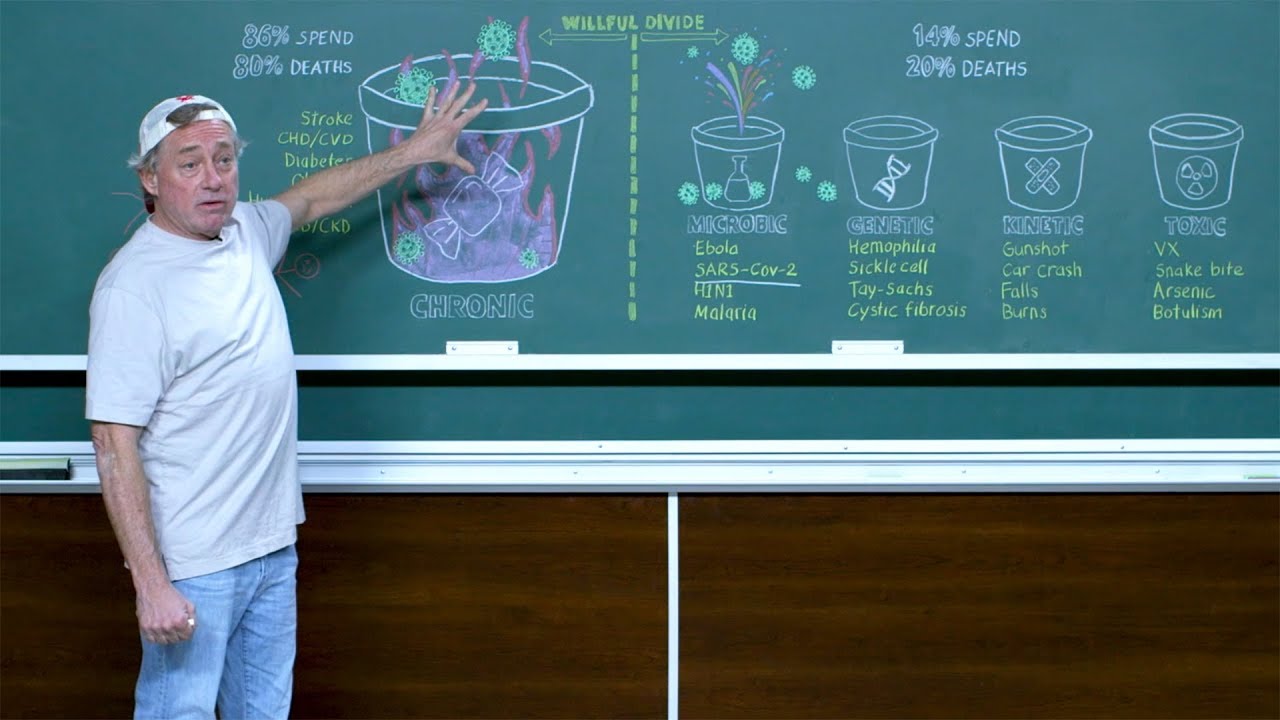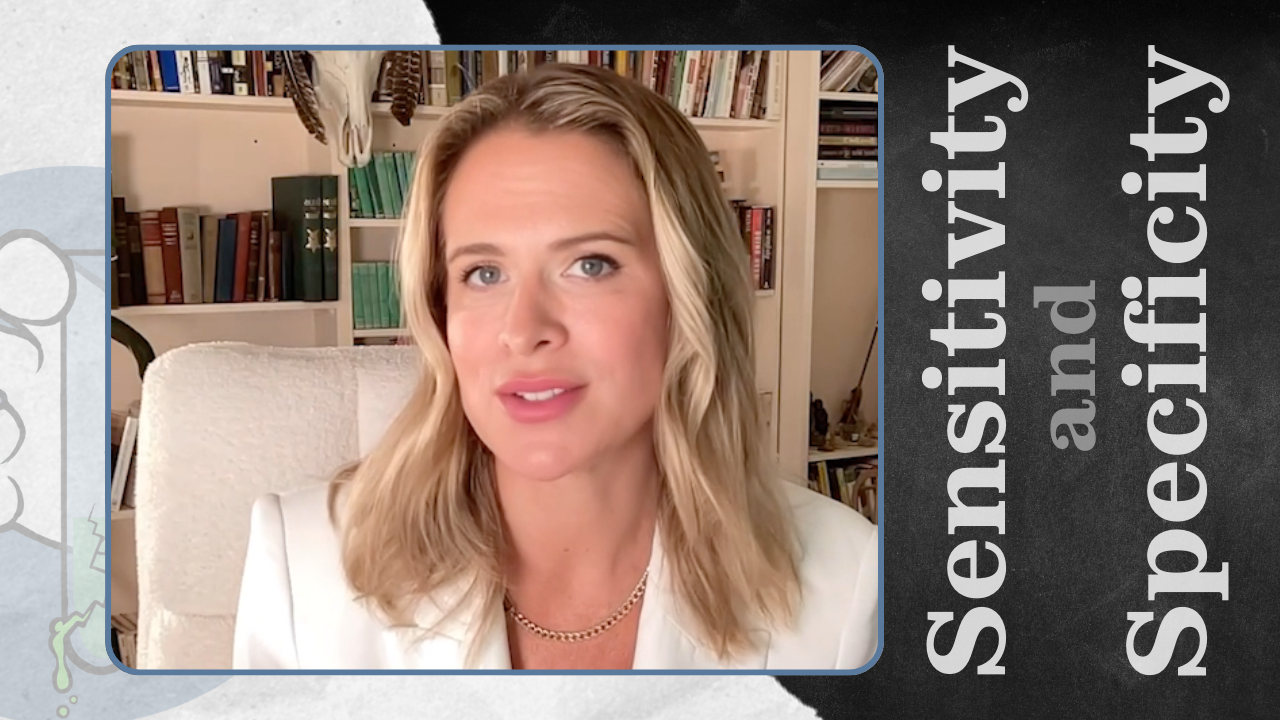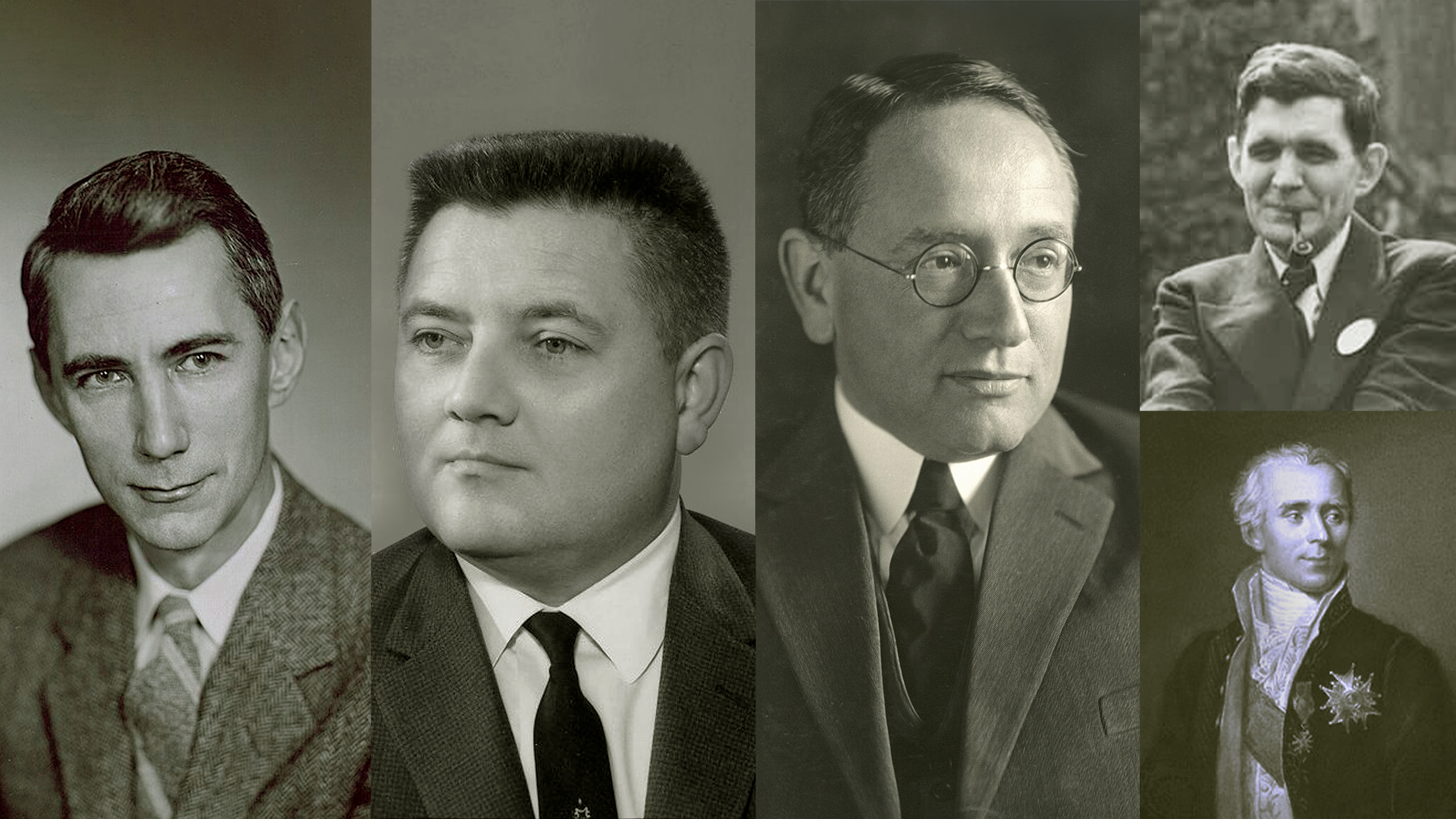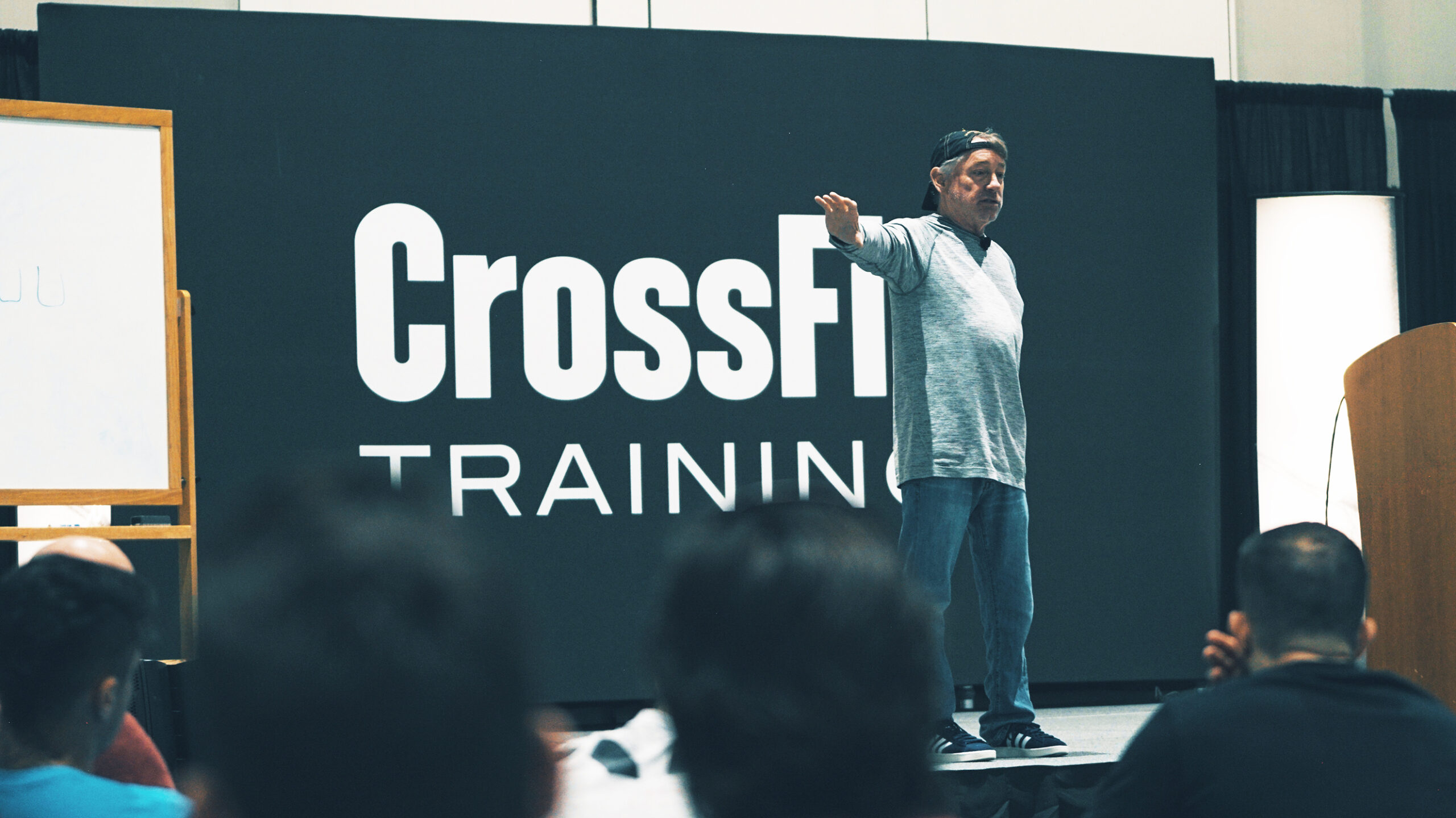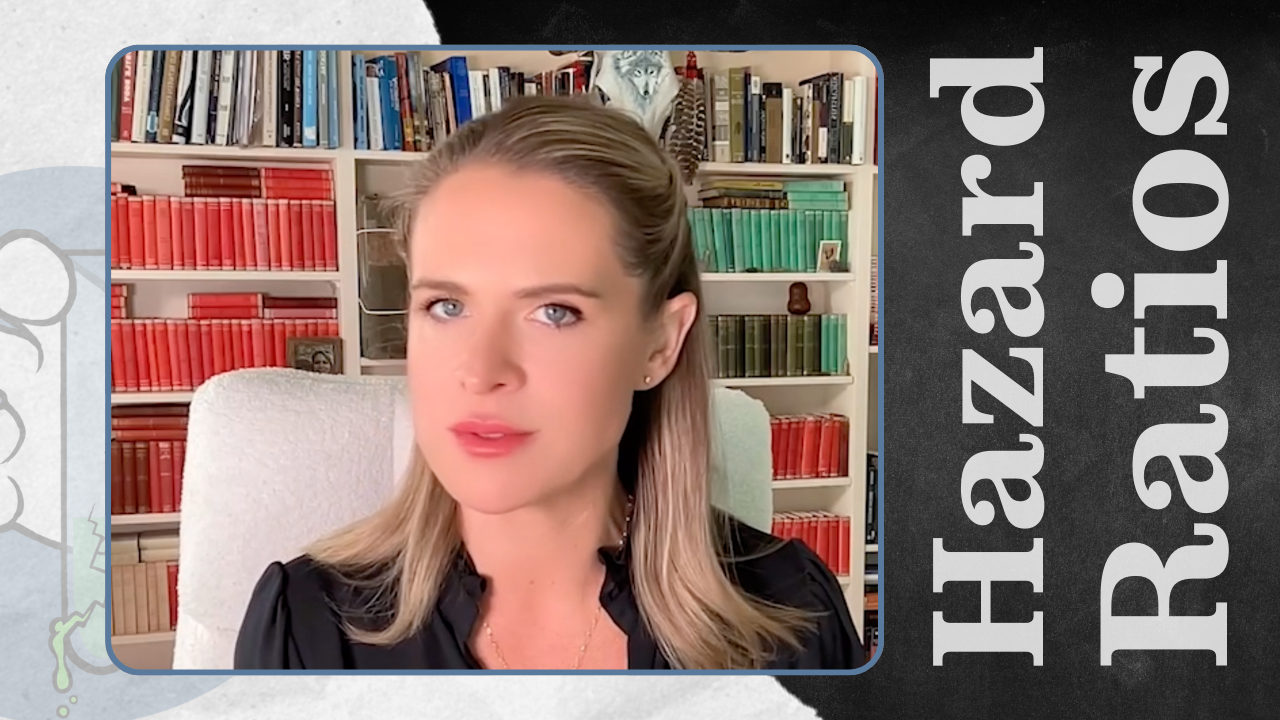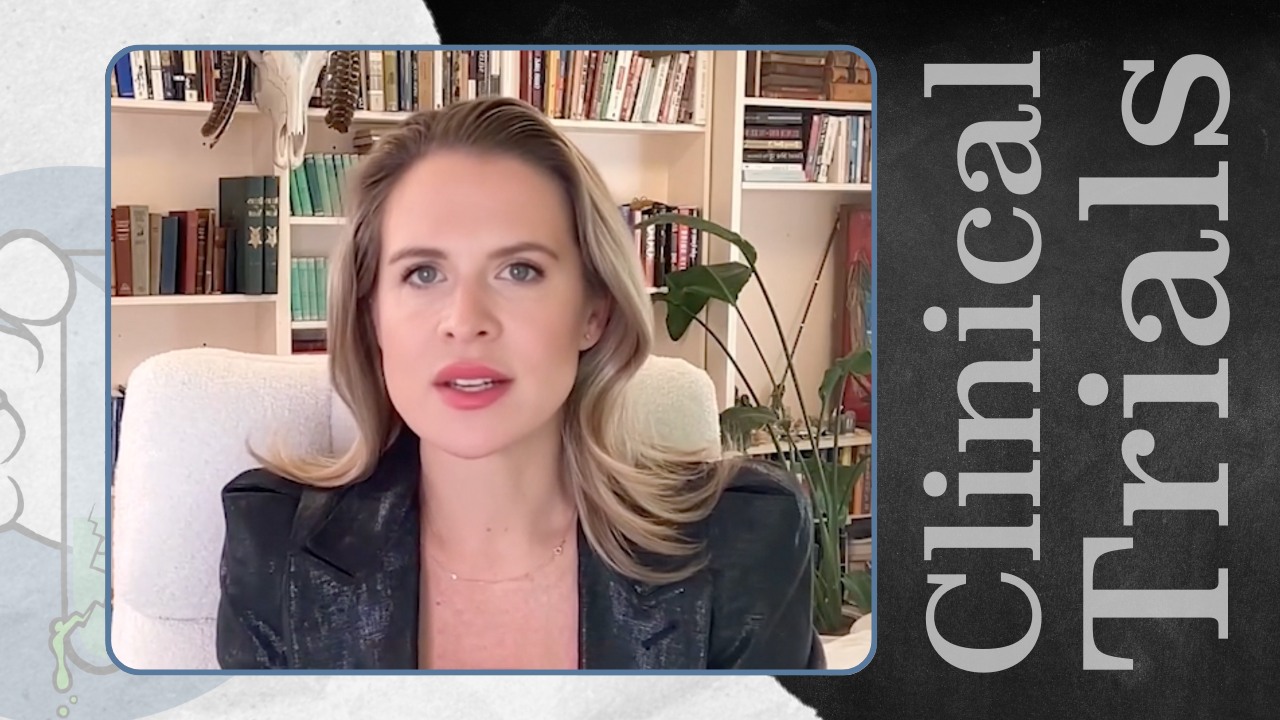Category: Original Content
Category: Original Content
In March 2020, while still serving as CrossFit CEO, Greg Glassman delivers a version of a talk he had delivered during grand rounds at medical schools around the country. Greg Glassman divides various common causes of death into five categories: chronic, microbic, genetic, kinetic, or toxic.
Emily looks at medical tests and explains two concepts commonly used in testing: sensitivity and specificity.
By Emily KaplanMalcolm explains how trials become unblinded, either officially or through indicators in biomarkers.
Emily helps understand what hazard ratios are, what they can tell you about risks of a specific treatment, and how other factors like all-cause mortality also need to be considered when deciding on treatments.
By Emily KaplanEmily delves into the world of randomized clinical trials, explaining the steps in the process, the limitations of the trials, and common problems.
By Emily Kaplan
